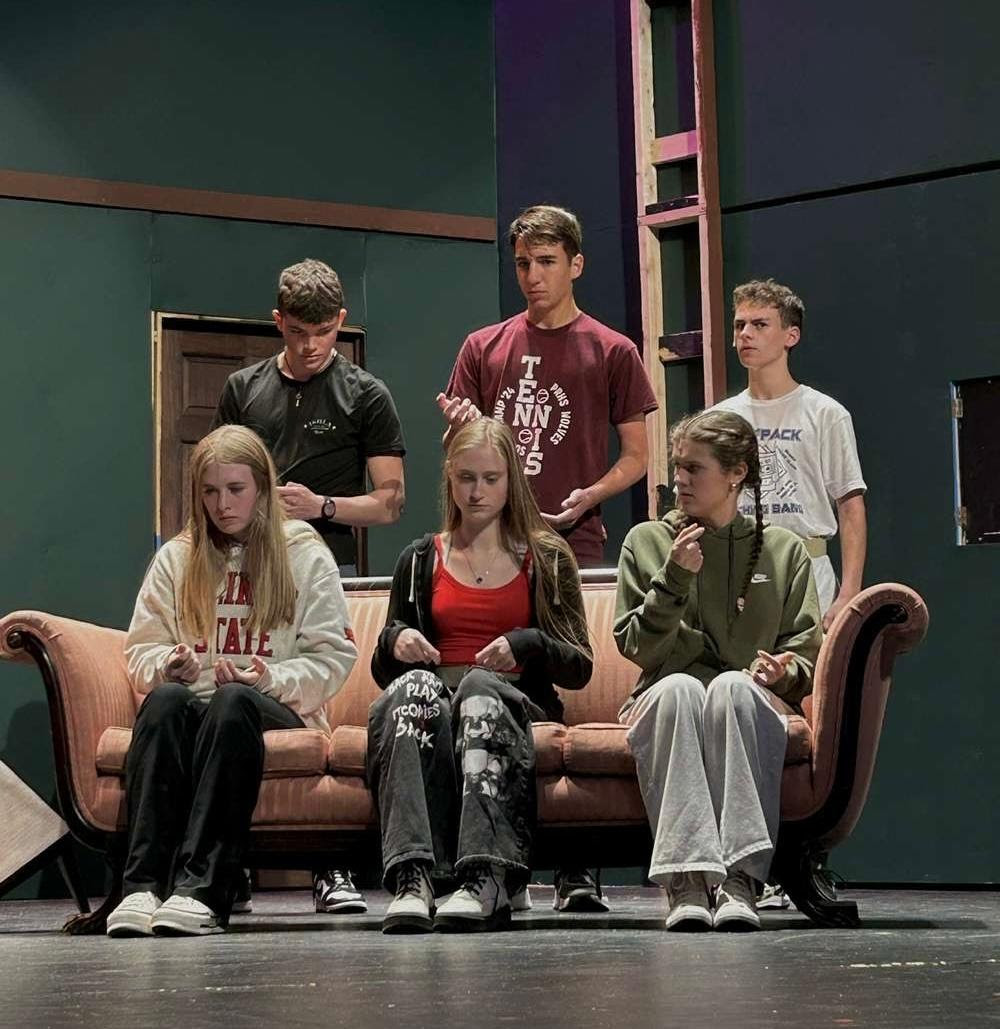Robots are becoming more intelligent than people. A couple weeks ago, IBM’s computer called Watson was able to beat two former winners at Jeopardy, analyzing the questions that were given and responding to them at a faster rate than the humans.
It’s not just in intelligence that robots are better than humans; robots are programmed and don’t have a mind of their own, so they can never get bored. They can also never make mistakes because a program tells them exactly what to do.
If robots are beginning to excel in things that we are lacking, what does this mean? The answer: Jobs that were once performed by humans are now being replaced by robots. Robots are now able to analyze information and perform tasks better than humans can.
With our generation entering into the work force at this time, we are the first to experience this new change in tasks that were once handled by humans now being given to robots.
In just two years, in 2013, there will be 1.2 million robots working worldwide. Find out which professions you may have some robot competition in below:
Pharmacists: A particular robot has been created in the UCSF Medical Center hospitals that can collect the prescription and medication order by the doctor, pick out the correct medicine, dispense the specific amount of pills that have been ordered, and package the medicine. They put this medication in a plastic ring for the patient containing a certain barcode, and nurses are then able to scan the barcode and give it to the correct patient. So far, robots have filled out 350,000 prescriptions without making a single mistake at two hospitals.
Lawyers and Paralegals: Software can now perform the job of looking over documents in a shorter amount of time than paralegals and lawyers can. Also, the cost of using software is cheaper than hiring lawyers, who can bore of what they are doing whereas software can’t.
Drivers (Bus and Chauffeurs): Google has been working on an automated self-driving car to ensure the safety of the passengers and to reduce the time taken to arrive at destinations. Tests on these cars have been made with human supervisors riding in the car to see how safe and efficient they were, and so far, seven test cars have driven 1,000 miles on their own without human control. In tests where humans helped control the car frequently, the cars were able to drive over 140,000 miles.
Astronauts: NASA, along with the assistance of General Motors, has created a robot called Robonaut2. This robot has a five-fingered hand that is dexterous and has a variety of sensors. As of now, it has performed simple tasks, like helping humans with small jobs and cleaning up the space station. However, in the future, it can possibly go out into space and actually help with either making repairs in telescopes, making scientific discoveries, or performing other activities that astronauts have been assigned to do.
Babysitters: A huge Japanese company called Aeon, Co. made a four-foot tall robot which it introduced at a store in 2008 that helps watch children while the parents go shopping. In fact, the PaPeRo Robot that has been created can tell jokes, give quizzes, and track the kids down using an identification chip.
Soldiers: We still have soldiers in the army, yet our uses of different machines to assist us in combat missions has been growing. Foster- Miller has created a robot called MAARS (Modular Advanced Armed Robot System) that has been programmed with a GPS monitor, can tell the difference between the fire and no-fire zones, and can even drag dead bodies out of the battle field if instructed to do so.
Rescuers: At some places that are hard for humans to access, such as places struck with natural disasters where victims need critical help, rescuers aren’t able to get to them fast enough or take a dangerous risk putting their life on the line. Therefore, machines are being made that help perform this task. Satoshi Tadokaro of Tohoku University has allowed for the use of his robot in situations such as these. His robot is snake-like in shape and can enter very small spaces. It has a camera attached to it, which can help locate people in a collapsed building.
Sportswriters and other reporters: A software called Narrative Science developed at Northwestern University can write stories. It is much cheaper and easier for companies to use this device for developing articles on sports, instead of having to go through the havoc of paying for the trips and relying on reporters to follow up on every game.
These are just a few examples of jobs that have already started to be replaced by technology, but in the future, there are surely more to come. From the business perspective, using robots helps save time and money in marketing products and goods, and are also easier to command since they don’t have their own minds. In a consumer’s eyes, robots make simple tasks in our daily lives, such as getting money from an ATM account or contacting virtual assistants over the phone, extremely easy and efficient.
It is important to realize how much easier our lives are using this technology because in the future we will be depending a lot more on robots to assist us with our everyday lives.




